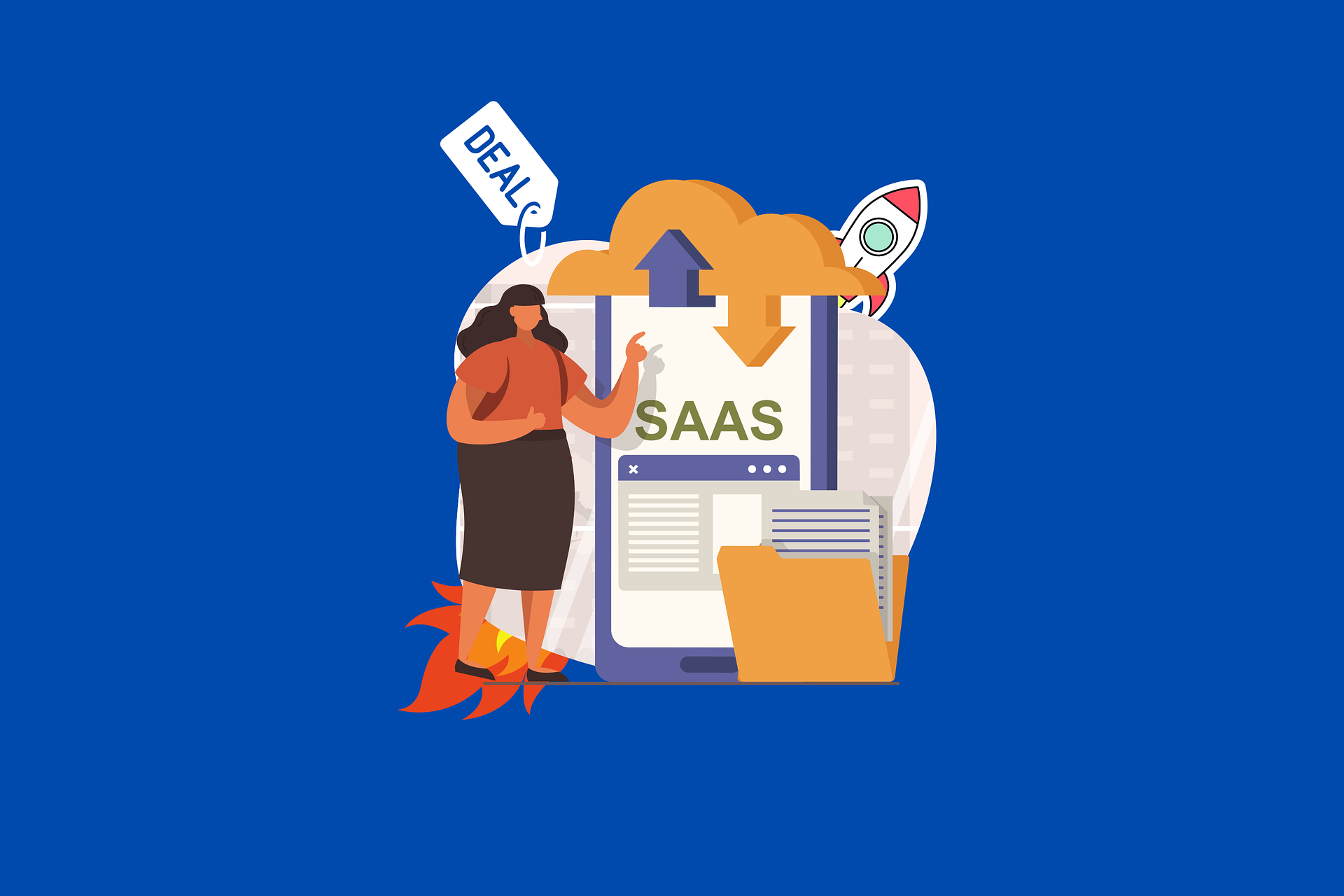Software as a Service (SaaS) is a popular way for businesses to deliver their products and services to customers. It’s a subscription-based model that allows customers to access the software from any device with an internet connection. But how is SaaS software delivered? This blog will explore the different types of SaaS distribution, their benefits, and how to choose the right model for your business.
Introduction to SaaS Distribution
Software as a Service (SaaS) is a software delivery model in which software is licensed on a subscription basis and hosted on a cloud-based platform. It has become increasingly popular over the past decade as businesses have embraced the cloud’s scalability, flexibility, and cost-savings. The SaaS distribution model has enabled businesses to deliver their products and services to customers more efficiently and cost-effectively.
The SaaS model has several advantages over traditional software delivery methods. For one, it requires no installation or maintenance from the customer, as the software resides on the cloud. This allows customers to access the software from any device with an internet connection. In addition, customers can access the latest updates and upgrades with minimal effort, as the software is always up to date. Finally, SaaS customers only pay for what they use, which helps keep costs low.
Benefits of SaaS Distribution
SaaS distribution offers several advantages for businesses. For one, it’s much more cost-effective than traditional software delivery methods. Since the software lay on the cloud, businesses don’t have to invest in expensive hardware or software licenses. This helps reduce overhead costs, frees up funds to invest in other areas of the business.
In addition, this makes it easier to scale up or down as needed. This allows businesses to quickly add or remove users and services as their needs change. This is especially helpful for businesses that experience seasonal or cyclical fluctuations in demand.
Finally, SaaS distribution offers businesses a competitive edge. Businesses can remain competitive in the marketplace by delivering their products and services quickly and efficiently. This is especially important in today’s digital world, where customers expect fast, reliable service.
Different Types of SaaS Distribution
There are several different types of distribution models available. The most common models are on-premise, cloud-based, and third-party distribution. Each model has its advantages and disadvantages, and choosing the right model for your business is important.
On-premise SaaS Distribution
On-premise SaaS is the traditional method of software delivery. The software is installed and maintained in this model on the customer’s premises. This is the most common type of distribution model, enabling customers to access the software from their local computers or servers.
The main advantage of on-premise distribution is that it allows customers to control their data and operations. This is important for businesses that must maintain a high level of security or compliance. In addition, this model allows customers to customize the software to their needs.
However, on-premise distribution can be expensive and time-consuming. Since the software must be installed and maintained on the customer’s premises, businesses must invest in expensive hardware and software licenses. In addition, the software must be regularly updated and maintained to ensure it remains up to date.
SaaS Distribution Through the Cloud
Cloud-based SaaS is becoming increasingly popular as businesses embrace the scalability and flexibility of the cloud. This model hosts the software on a cloud-based platform, such as Amazon Web Services or Microsoft Azure. This allows customers to access the software from any device with an internet connection.
The main advantage of cloud-based SaaS distribution is that it’s much more cost-effective than on-premise distribution. Since the software is the cloud, businesses don’t have to invest in expensive hardware or software licenses. In addition, the software is always up to date, as the latest updates and upgrades are automatically applied.
However, cloud-based SaaS can be less secure than on-premise distribution. Since the software is on a shared platform, it can be vulnerable to cyber attacks or data breaches. Businesses must ensure that the cloud platform they choose is secure and reliable.
SaaS Distribution Through Third-Party Providers
The final type of SaaS distribution is through third-party providers. In this model, businesses partner with third-party companies to host and deliver their software. At the same time, the third-party company takes care of the delivery process. This allows businesses to focus on developing their products and services.
The main advantage of third-party distribution is that it’s much more cost-effective than on-premise or cloud-based distribution. Since the third-party company is responsible for the delivery process, businesses don’t have to invest in expensive hardware or software licenses. In addition, the third-party company can help businesses scale up or down quickly, as their needs change.
Businesses must ensure that the third-party company they choose is secure and reliable. However, third-party distribution can be less secure than on-premise or cloud-based distribution. Since the software is on a shared platform, it can be vulnerable to cyber attacks or data breaches.
Choosing the Right Distribution Model for Your Business
Choosing the right SaaS distribution model for your business can be a challenge. Each model has advantages and disadvantages, and choosing the one that best fits your needs is important. Here are some tips for choosing the right distribution model for your business:
• Evaluate your business needs: Before deciding on a SaaS distribution model, you should evaluate your business needs. Consider factors such as scalability, cost, security, and customization. This will help you determine which model is right for your business.
• Research different models: Once you’ve evaluated your business needs, you should research the different distribution models. This will help you understand the advantages and disadvantages of each model and make an informed decision.
• Choose a reliable provider: Finally, you should choose a reliable provider for your SaaS distribution. Do your research and read online reviews to ensure you choose a secure, reliable, and cost-effective provider.
The Pros and Cons of each Distribution Model
Each distribution model has its advantages and disadvantages. It’s important to consider the pros and cons of each model before deciding which one is right for your business.
On-premise SaaS distribution offers customers more control over their data and operations, but it can be expensive and time-consuming. Cloud-based SaaS distribution is much more cost-effective, but it can be less secure. Third-party SaaS distribution is the most cost-effective model but can be less secure.
Tips for Successful SaaS Distribution
Successful SaaS distribution requires careful planning and execution. Here are some tips for ensuring successful distribution:
• Plan ahead: It’s important to plan and determine the right SaaS distribution model for your business. Take the time to evaluate your business needs and research the different models. This will help you make an informed decision.
• Create a timeline: Once you’ve chosen a SaaS distribution model, you should create a timeline. This will help you stay on track and ensure that your software is on time.
• Monitor progress: Finally, you should monitor the progress of your SaaS distribution. Regularly check in with your provider to ensure that your software is delivered on time and within budget.
Conclusion
SaaS distribution is a popular way for businesses to deliver their products and services to customers. It’s a subscription-based model that allows customers to access the software from any device with an internet connection. Several different types of SaaS models are available, including on-premise, cloud-based, and third-party distribution. Each model has its advantages and disadvantages, and choosing the right model for your business is important.
Successful SaaS requires careful planning and execution. Planning and determining the right SaaS distribution model for your business is important. Take the time to evaluate your business needs and research the different models. Once you’ve chosen a model, create a timeline and monitor the progress of your SaaS distribution. Following these tips can ensure successful distribution for your business.







